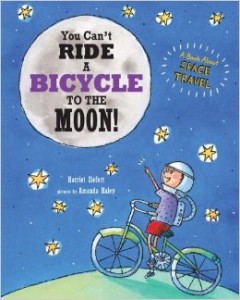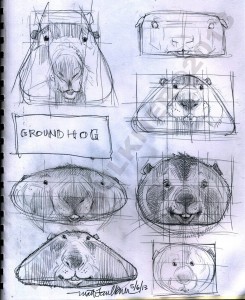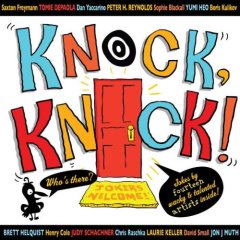 Here’s what you need this chilly January: A Warm Winter Tail by Carrie A. Pearson and illustrated by Christina Wald!
Here’s what you need this chilly January: A Warm Winter Tail by Carrie A. Pearson and illustrated by Christina Wald!
This nonfiction picture book about animal adaptations in winter is perfect for a Range of Reading lesson (Core Standard #1 – check!). Carrie Pearson, a Michigander who knows all about staying warm in winter, uses a conversational tone to share a great deal of information. On each double-spread, kids learn what an animal does to stay warm in the winter when a baby animal wonders if humans do what they do to stay warm. For example, a baby box turtle asks its parent if humans dig deep into the mud and bury themselves like it does. A white-tailed deer asks, “Do they grow hollow hair/ so the coats that they wear/ trap the heat from their bodies for warmth?” A wide variety of animals is presented, and there’s plenty of extra information at the back of the book.
On their website, the publisher, Sylvan Dell, has an avalanche of free activities to go with the book (don’t you love not needing to recreate the wheel?) In the back of A Warm Winter Tail there’s a “Winter Animal Matching Activity” where students match the description with the correct animal, and if you go to sylvandellpublishing.com you can print off the animal sorting cards to make a fun independent/pairs/center activity. (Key Ideas & Details – Core Standard #2!) I can’t wait until February when a companion book, A Cool Summer Tail, comes out. Integrating Knowledge & Ideas – Standard #3!
For more information about the author, please visit: carriepearsonbooks.com.
For more information about the illustrator, please visit: christinawald.blogspot.com.


